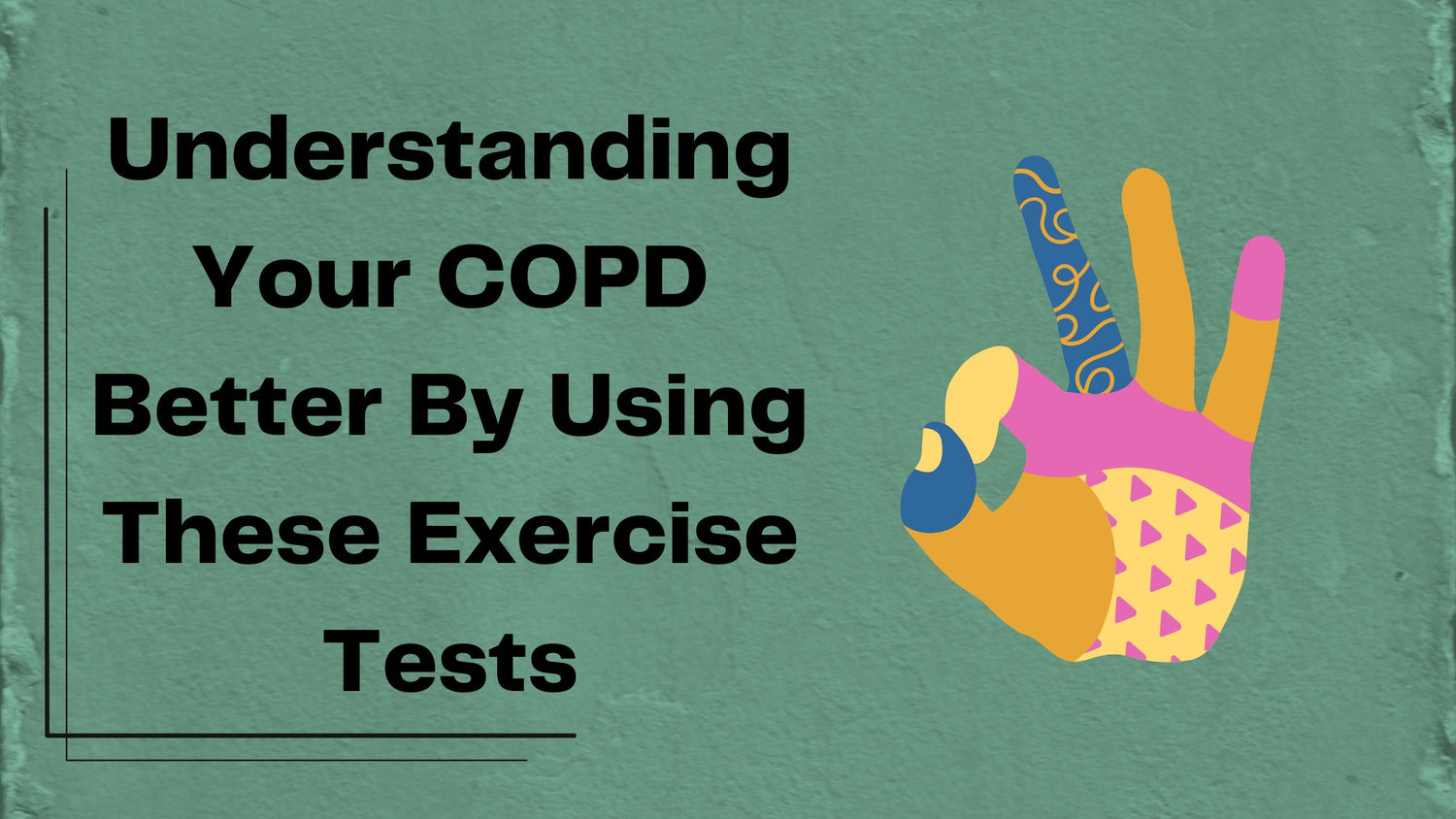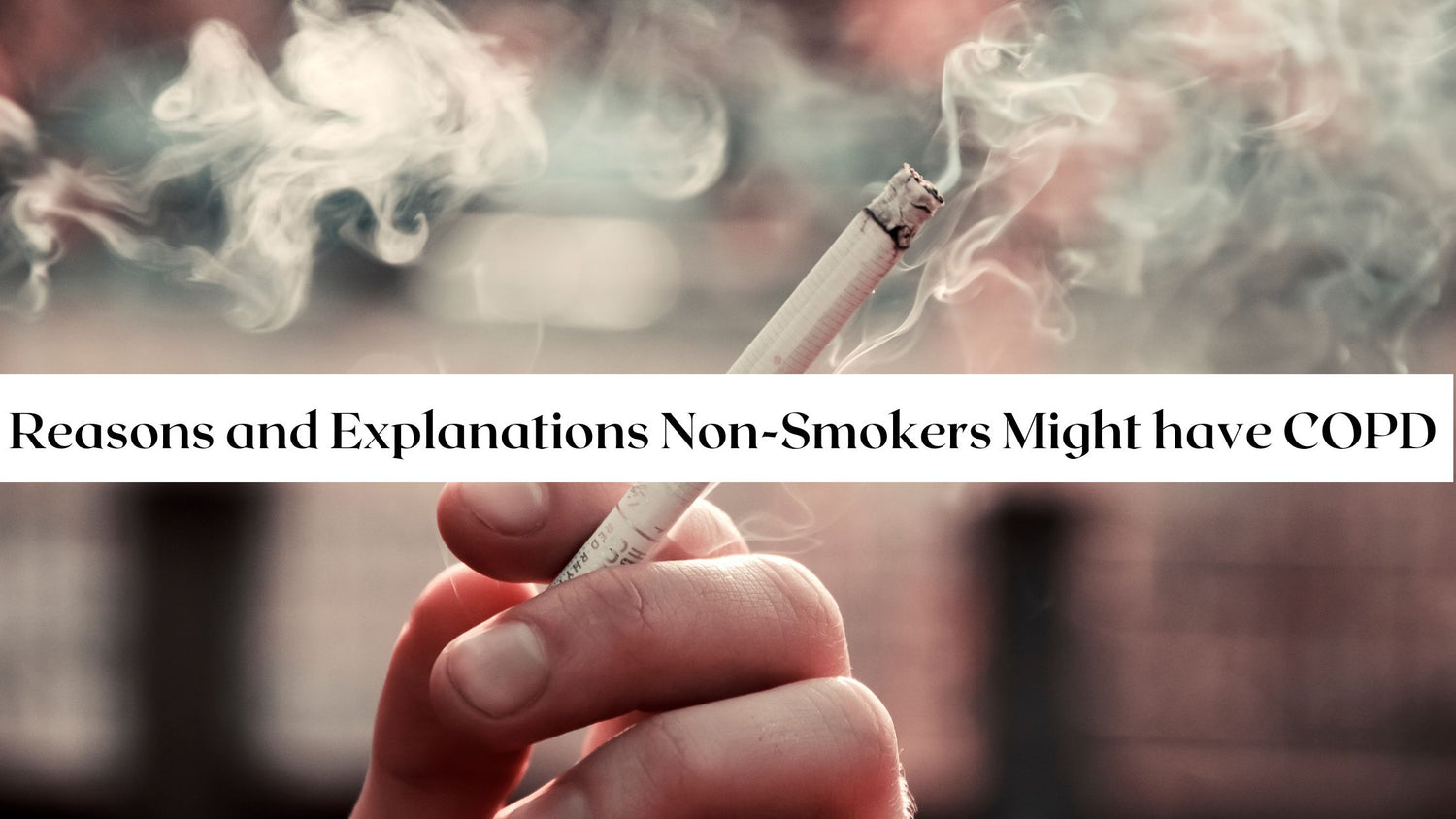Respiratory Resource Center - LPT Medical
Understanding Your COPD Better By Using These Exercise Tests
Exercise tests are an effective way to not...
Read MoreSesonal Affective Disorder (SAD) and How it Affects COPD Patients
For some, the change of seasons is not...
Read MoreReasons and Explanations Non-Smokers Might have COPD
Not everyone with COPD is an ex-smoker or...
Read More


